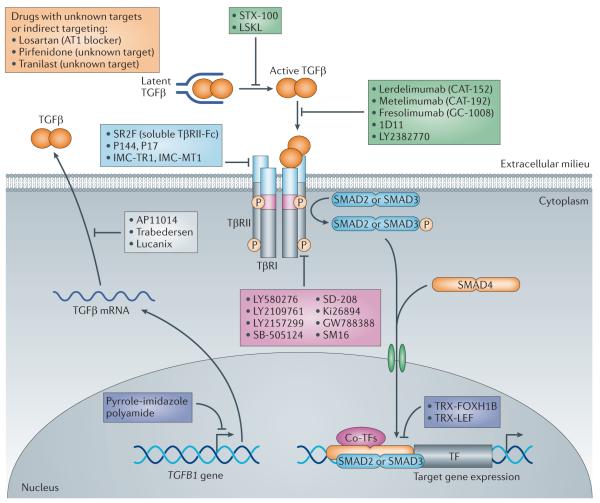Figure 5. Schematic representation of therapeutic approaches for blocking TGFβ signalling.
Transforming growth factor-p (TGFβ) signalling can be inhibited by: sequestering ligands using soluble receptor ectodomain constructs (ligand traps) derived from TGFβ receptortype II (TpRII) or TpRIII; using TGFβ-neutralizing antibodies; or with TpRII or TpRI kinase inhibitors. Furthermore, translation of TGFβ mRNA can be blocked by targeting TGFβ mRNA with antisense oligonucleotides, thus preventing the production of the ligand. Different small-molecule kinase inhibitors against TpRI have been developed to block its kinase activity. Peptide inhibitors against specific TGFβ ligands are also used. Other approaches block the transformation of TGFβ from the latent to the active form. Three molecules are shown that either affect TGFβ signalling indirectly (losartan) or that have an as-yet-unidentified target (tranilast and pirfenidone). All of these approaches decrease the initiation of intracellular receptor signalling pathways, such as phosphorylation of downstream receptor-specific SMADs (R-SMADs), and thereby blunt the transcriptional regulation of target genes. ATI, angiotensin II type 1 receptor; co-TFs, co-transcription factors; FOXH1B, forkhead box protein H1B; LEF, lymphoid enhancer-binding factor; LSKL, Leu-Ser-Lys-Leu peptide; TRX, thioredoxin.

